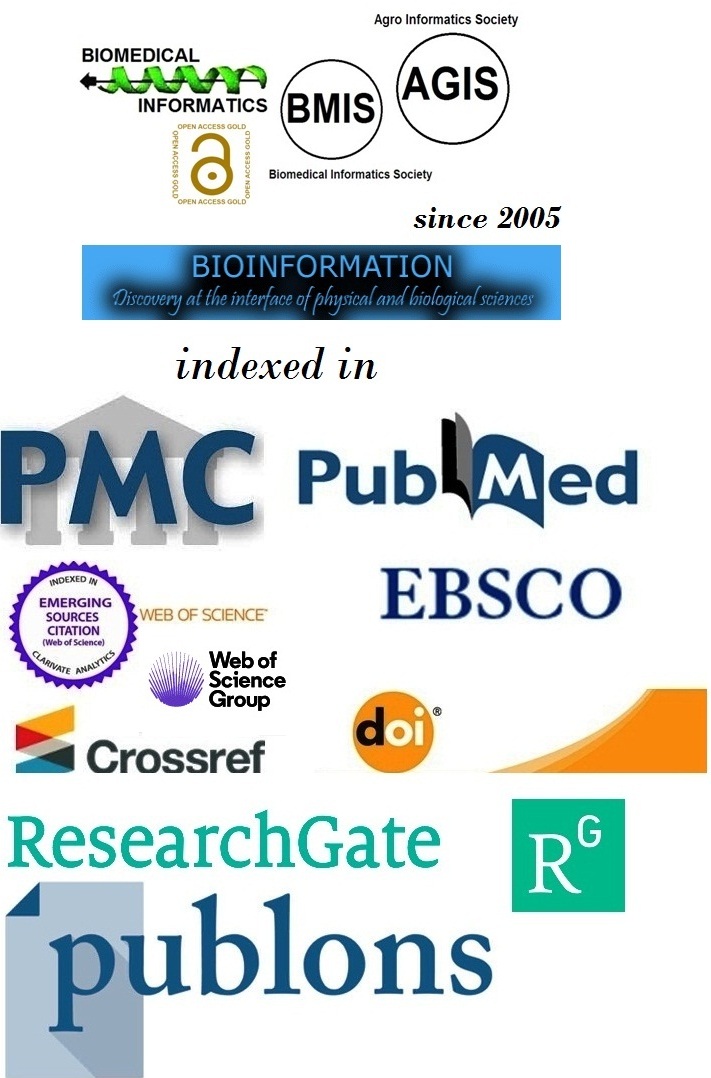Title
Air-conducted ocular vestibular-evoked potential
Authors
Saumya Pandey1, Sangeeta Gupta1,*, Ramashankar Rath2 & Gaurav Gupta3
Affiliation
1Department of Physiology, All India Institute of Medical Sciences (AIIMS), Gorakhpur, Uttar Pradesh, India; 2Department of Community medicine and Family medicine, All India Institute of Medical Sciences (AIIMS), Gorakhpur, Uttar Pradesh, India; 3Department of General Surgery, All India Institute of Medical Sciences (AIIMS), Gorakhpur, Uttar Pradesh, India; *Corresponding author
Saumya Pandey - E-mail: saumyapandey6737@gmail.com
Sangeeta Gupta - E-mail: drsangeeta77.65@rediffmail.com, drsangeetag@aiimsgorakhpur.edu.in Ramashankar Rath - E-mail: ramashankar.aiims@gmail.com
Gaurav Gupta - E-mail: drgaurav75@rediffmail.com, drgauravg@aiimsgorakhpur.edu.in
Article Type
Research Article
Date
Received August 1, 2025; Revised August 31, 2025; Accepted August 31, 2025, Published August 31, 2025
Abstract
Ocular vestibular-evoked myogenic potential (O-VEMP) test can have great clinical value if potential influences of stimulus characteristics are known. Therefore, it is of interest to examine the effects of different variables on O-VEMP responses by delivering air-conducted sound stimuli in the form of tone bursts and clicks in sitting and supine positions in healthy participants. Total 60 healthy participants in the age range of 18-60 years were investigated and statistical analysis was performed to find the variations in O-VEMP responses (p-value of <0.05 was considered as significant). Tone burst stimuli resulted in larger amplitudes (p=0.005, p = 0.0008) and lower thresholds (p = 0.005, p=0.03), for right and left ear respectively, while supine position produced larger O-VEMP amplitudes as compared to those in sitting position (p<0.001). Potential influence of stimuli, recording conditions, age and gender on O-VEMP response should be borne in mind during clinical interpretation.
Keywords
VEMP, O-VEMP, vestibular, inferior oblique muscle, tone burst stimuli, click stimuli, otolith organs, latencies, amplitudes and threshold.
Citation
Pandey et al. Bioinformation 21(8): 2557-2565 (2025)
Edited by
P Kangueane
ISSN
0973-2063
Publisher
License
This is an Open Access article which permits unrestricted use, distribution, and reproduction in any medium, provided the original work is properly credited. This is distributed under the terms of the Creative Commons Attribution License.
